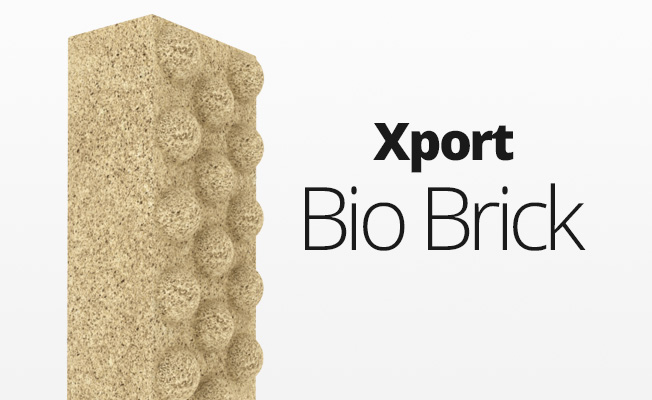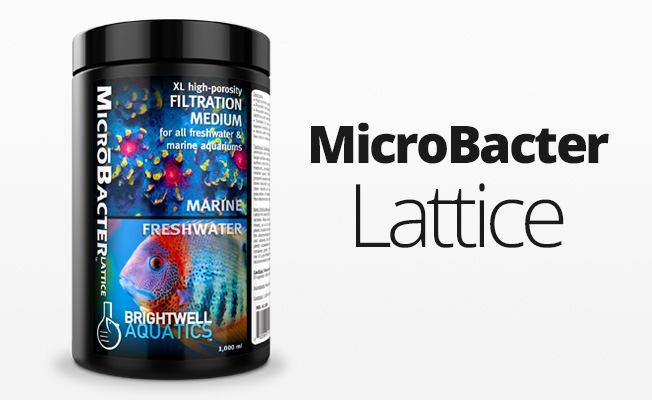
ShrimpCōde
Trace and minor elements for shrimp and other crustaceans & riverine fishes
Overview
- Copper free and shrimp safe.
- Unique complex that provides trace and minor elements in ratios found to be beneficial to shrimp, other crustaceans and riverine fishes that share the same waters of origin.
- Provides minor and trace elements utilized in important neurological and metabolic reactions, and which are incorporated into natural biopigments for coloration.
- Replaces minor and trace elements used by aquarium inhabitants, and which are lost through chemical filtration (use of filtration media such as resins and activated carbon).
- Composed of purified water and ultra-high purity materials.
- Formulated utilizing extensive research on chemistry of the waters naturally-inhabited by shrimp.
Sizes
125ml | 250ml | 500ml | 2L
Technical Background
The role that trace and minor elements play with shrimp, other crustaceans and riverine fishes is related to neurological and metabolic processes (in which these elements play critical roles), as well as overall coloration (trace and minor elements are often at the core of pigments known to enhance coloration). Dosing a trace and minor supplement with every water change performed is an effective method of delivering these substances for maximum benefit.
Many freshwater shrimps are native to tropical and subtropical waters of Asia, Oceania and Africa. In general, most will thrive in water conditions similar to mose freshwater fish species. Parameters within the following ranges is generally acceptable: pH 6.5 - 7.5; dGH 4 - 6; dKH 3 - 4; however, obtaining the water parameters in which your shrimp were bred and maintaining them in these conditions is the best practice to follow. Certainly, research the web to obtain more specific parameters recommended for the exact species you are keeping.
A number of popular ornamental fish species, such as Cardinal Tetras and Neon Tetras, Rasboras, White Clouds, and Glassfish are often found in the same water conditions in which shrimp thrive; hence, ShrimpCōde may also be used in aquaria housing these fishes with equal success, as well as catfish species such as pygmy Corydoras, and Kuhli loaches.
Instructions & Guidelines
Basic: Shake product well: Add 2 ml (1 pump if equipped with a pump, or 2 threads on cap) of product per 8 US-gallons of aquarium water 2-3 times each week; When used in this fashion, 500 ml treats up to 2,000 US-gallons (9,500 L). This dosage may also be used for freshwater community aquaria.
Advanced: Dose 2 ml (1 pump if equipped with a pump, or 2 threads on cap) per 20 US-gallons daily for the first four weeks of use; Then, gradually increase the daily dosage to 4 ml per 20 US-gallons over the following four weeks and maintain this dosage. Starting at a low dosage will not cause any harm to aquarium inhabitants, and will enable you to notice subtle changes in the appearance of the system that indicate the effectiveness and need for the product. With the exception of iron, there are no hobbyist-grade test kits that provide reliable measurements of the concentrations of many minor and trace elements present in freshwater aquaria. It's therefore not possible to chemically determine exactly how much of a trace and minor element supplement to dose; rather, you must rely on the appearance of the livestock to make that determination. Daily dosing maintains more stable concentrations (and a more natural environment) than dosing weekly, in which the concentration of elements spikes just after dosing and then gradually decreases throughout the course of the week. Though trace and minor elements are essential to critical biological processes, the gross overdosing of a trace and minor element supplement can be harmful to aquarium inhabitants. Minor and trace elements are made unavailable in aquaria largely by adsorption to particulate organic matter (POM); therefore, aquaria with large amounts of latent organic material may require slightly heavier dosing of this product to compensate for that which is bound. In all cases, latent organic material should be removed as thoroughly as possible from aquaria because of the negative impact that it can have on water quality. The use of activated carbon will remove trace and minor elements both passively and actively, requiring that this product be dosed after the use of carbon filtration media.
Caution: Keep out of reach of children. Not for human consumption.


